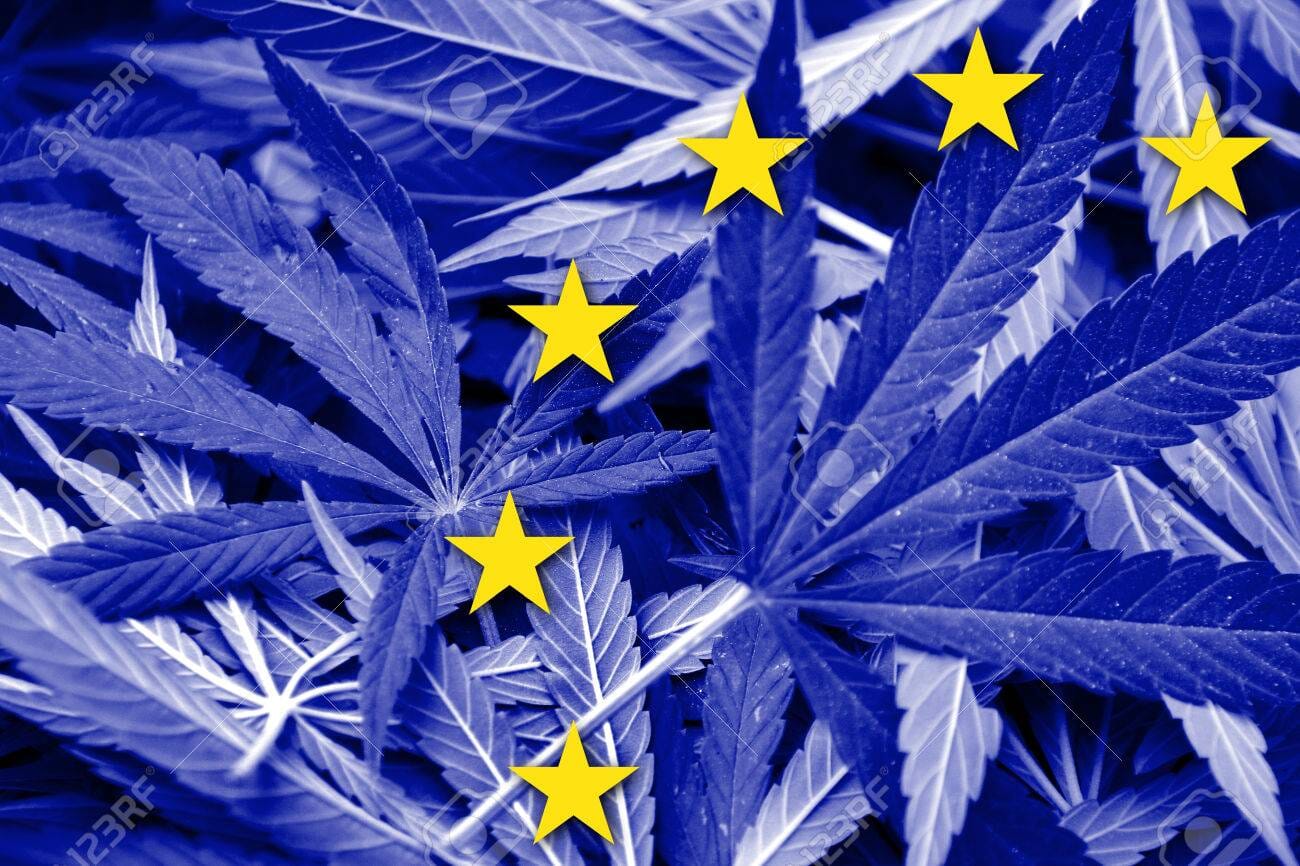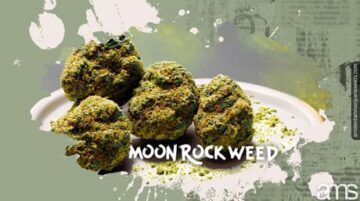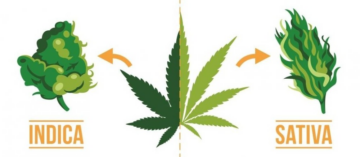
By: Juan Sebastian Chaves Gil
Recently, there has been a notable increase in interest in medicinal cannabis in Europe, leading to regulatory changes in several countries. However, these changes have occurred at the national level in each Member State, creating a heterogeneous landscape that requires standardization. Currently, several European countries have legal frameworks allowing for the sale and distribution of cannabis-derived products for medicinal purposes. In addition to following the conventional EU drug approval procedures established in Directive 2001/83/EC, some countries have adapted their regulations at the national level to establish simplified registration procedures to facilitate faster patient access to these products and medicinal preparations.
The United Nations (UN) legal framework currently consists of three agreements that establish international regulations to monitor the production, trade, and possession of around 300 psychoactive substances, including cannabis. In 1961, the Single Convention on Narcotic Drugs adopted and globalized the system of control over narcotic substances and cannabis from previous treaties, defining narcotic substances as natural or synthetic substances listed in Schedules I and II attached to the convention. Under this system, cannabis was categorized as one of the most harmful drugs. However, by late 2020, the UN Commission on Narcotic Drugs removed both “cannabis plant” and “cannabis resin” from Schedule IV of the Single Convention on Narcotic Drugs of 1961, where they were listed along with other substances of risk and little therapeutic value. This change marked a significant milestone in recognizing the medical potential of cannabis.
Within the European legal and regulatory framework, the European Medicines Agency (EMA) defines and classifies cannabis-based products into three distinct categories:
1. Medicinal product derived from cannabis: These are products that, like other plant-derived medications, may contain isolated active substances, plant-based substances, or plant-based preparations, with specific quality standards. These preparations are often complex and have their own regulations.
2. Herbal substance-based: This includes typical herbal substances derived from cannabis, such as flowers (Cannabis flos) or resin (Cannabis resin), as defined in Directive 2001/83/EC and the European Pharmacopoeia monograph on herbal substances.
3. Herbal preparation-based: This encompasses crushed or powdered substances, tinctures, extracts, essential oils, expressed juices, and processed exudates derived from plants.
The safety and efficacy of these substances depend on the composition of individual cannabinoids, such as the ratio between Δ9-tetrahydrocannabinol (THC) and cannabidiol (CBD), leading to the recognition of three distinct groups of products.
- SEO Powered Content & PR Distribution. Get Amplified Today.
- PlatoData.Network Vertical Generative Ai. Empower Yourself. Access Here.
- PlatoAiStream. Web3 Intelligence. Knowledge Amplified. Access Here.
- PlatoESG. Carbon, CleanTech, Energy, Environment, Solar, Waste Management. Access Here.
- PlatoHealth. Biotech and Clinical Trials Intelligence. Access Here.
- Source: https://amsterdammarijuanaseeds.com/blog/post/europe-medicinal-cannabis-industry-growth-regulations-insights
- :has
- :where
- 2020
- 300
- a
- access
- active
- adapted
- addition
- adopted
- agency
- agreements
- Allowing
- along
- and
- approval
- ARE
- around
- AS
- At
- attached
- been
- between
- both
- by
- Cannabidiol
- cannabis
- categories
- categorized
- cbd
- change
- Changes
- commission
- complex
- composition
- consists
- contain
- control
- Convention
- conventional
- countries
- Creating
- Currently
- defined
- Defines
- defining
- depend
- Derived
- distinct
- distribution
- drug
- Drugs
- each
- efficacy
- EMA
- encompasses
- essential
- establish
- established
- EU
- Europe
- European
- European Countries
- expressed
- Extracts
- facilitate
- faster
- following
- For
- Framework
- frameworks
- from
- globalized
- Group’s
- Growth
- harmful
- Have
- However
- HTTPS
- i
- ii
- in
- includes
- Including
- Increase
- individual
- interest
- International
- into
- isolated
- jpg
- juan
- landscape
- Late
- leading
- Legal
- legal framework
- Level
- like
- Listed
- little
- marked
- May..
- medical
- medications
- medicinal
- member
- milestone
- Monitor
- most
- National
- Nations
- Natural
- notable
- occurred
- of
- often
- oils
- on
- ONE
- or
- Other
- over
- own
- patient
- perspectives
- plant
- plants
- plato
- Plato Data Intelligence
- PlatoData
- possession
- potential
- powdered
- previous
- procedures
- processed
- Product
- Production
- Products
- purposes
- quality
- ratio
- recognition
- recognizing
- Registration
- regulations
- regulatory
- Removed
- requires
- Resin
- Risk
- s
- Safety
- sale
- schedule
- several
- significant
- simplified
- single
- some
- specific
- standardization
- standards
- State
- such
- synthetic
- system
- that
- THC
- The
- their
- Therapeutic
- There.
- These
- they
- this
- three
- to
- trade
- typical
- UN
- under
- United
- united nations
- value
- was
- were
- with
- zephyrnet





